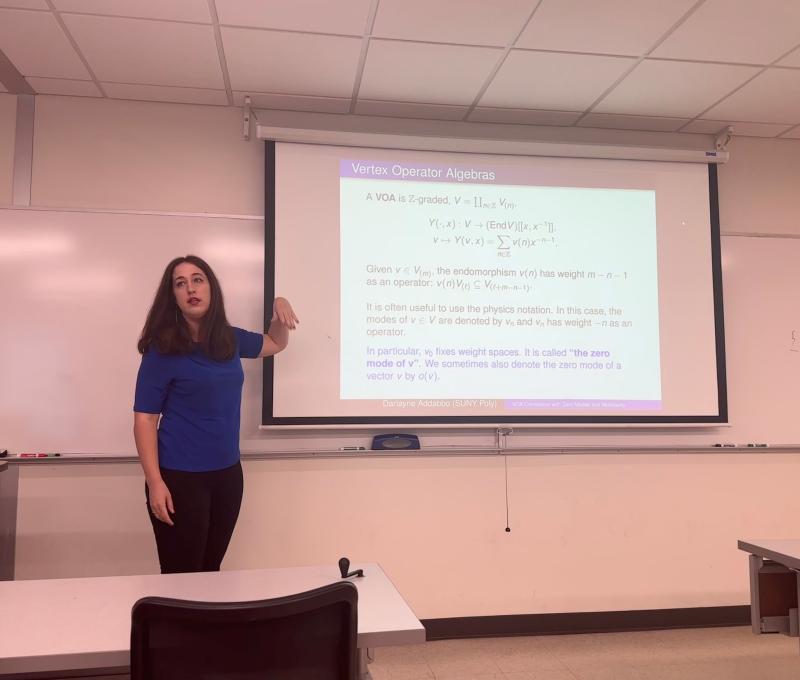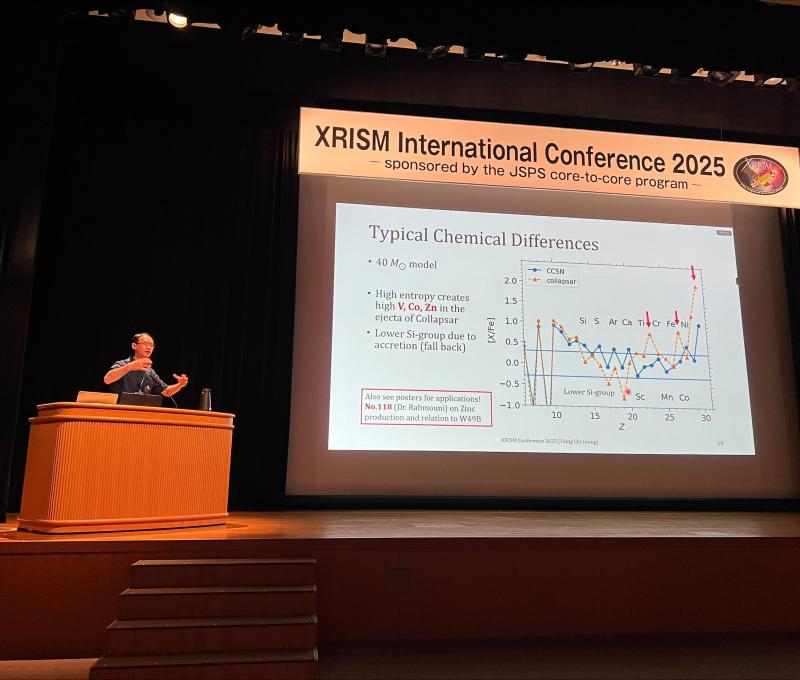SUNY Poly Collaborative Research by Professor Shing Chi Leung Published in The Astrophysical Journal

Dr. Shing Chi Leung, SUNY Poly assistant professor of physics, collaborated with Mr. Ho Sang Chan, MPhil graduate in Physics of the Chinese University of Hong Kong, and Dr. Ming Chung Chu, Professor of Physics of the Chinese University of Hong Kong, on a work published in The Astrophysical Journal.
The Astrophysical Journal is an open access journal devoted to recent developments, discoveries, and theories in astronomy and astrophysics. Publications in The Astrophysical Journal constitute significant new research that is directly relevant to astrophysical applications, whether based on observational results or on theoretical insights or modeling.
In the research paper, “Dark Matter–admixed Rotating White Dwarfs as Peculiar Compact Objects,” the research team predicts the possible effects of dark matter on the structure and physical observable of rotating white dwarfs. Their model explains some unusual white dwarfs observed in stellar surveys.
More than 80% of matter by mass in the universe is dark matter, a class of mysterious particles which do not interact with ordinary matter like electron or nucleons. Dark matter is necessary to explain many observed features in the universe, including the large-scale cosmological structure. So far, no direct discovery of dark matter particles has been made. At the same time, due to their abundance, the indirect effects on stars may shed light on some important properties of these evasive particles. In this project, the team continued its effort in the indirect search of dark matter, namely predicting the potential effects of dark matter on the observable of stellar objects. The team used the self-consistent two-fluid formalism to study the equilibrium structure of rapidly rotating white dwarfs with the additional effects by dark matter. They discovered that the presence of dark matter in such white dwarfs will (1) have distinctive mass-radius relations, (2) explain the presence of stable massive white dwarfs, and (3) have unique gravitational wave imprints. These results will set up the theoretical foundation for explaining the anomalous white dwarfs discovered in current and future observational missions, such as the Large Synoptic Space Telescope (LSST, to be launched in 2023) and the Laser Interferometer Space Antenna (LISA, to be launched in 2030s). In particular, LSST will observe 25000 white dwarf binaries in their ten-year survey. A much larger number of anomalous white dwarfs is expected to be discovered.
The team’s published research can be read here:







